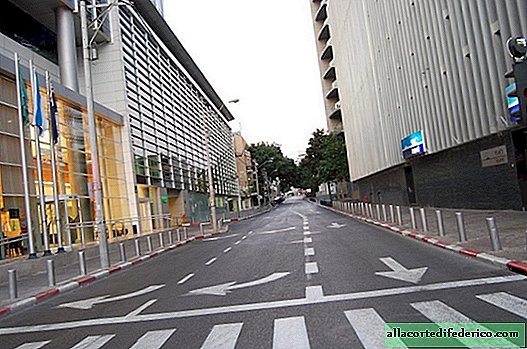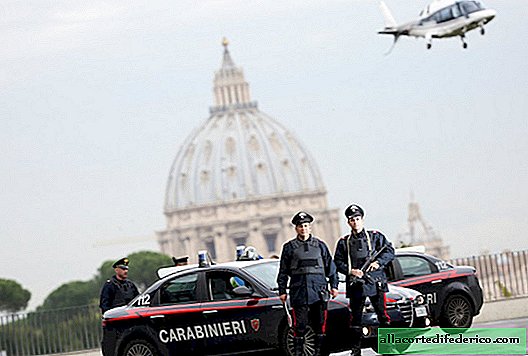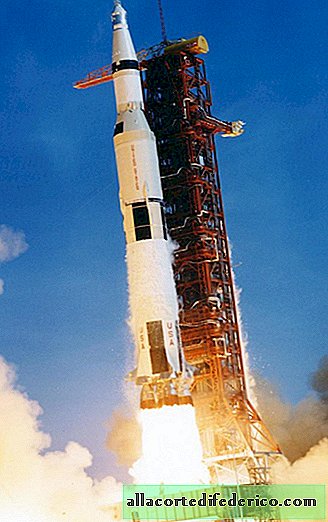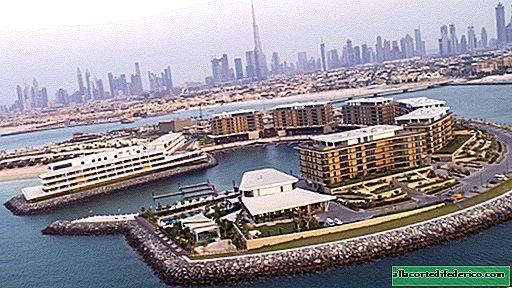Gray concrete jungle: why there are no ads on the streets of São Paulo
The biggest "eye pain" in modern cities is outdoor advertising. Large billboards cover urban architecture, and colorful posters distract all attention from the landscape. That is why Brazilian São Paulo once decided to ban all advertising on the city streets.
How the Brazilian millionaire city declined to advertise

In the early 2000s, Sao Paulo was literally captured by advertisers. Billboards looked at the townspeople from all sides. In 2006, the mayor began to fight with them and somehow tried to restrain advertisers, but banners still multiplied on the streets. And then the city administration made a decision that shocked everyone: all outdoor advertising was banned in São Paulo. The law was called Cidade Limpa, or "Clean City".

All advertising, even the one facing the shops, was banned. As an exception, they left only ads at bus stops, city clocks and street signs. Advertisers could use this zone in turn. Well, of course, it was allowed to leave the signs of shops and institutions, but they were also subject to a restriction, starting from the size of the sign itself, ending with the number of characters in the name and description.

During 2007, 15,000 billboards and 300,000 advertisements were removed on the streets of São Paulo. All signboards were also hastily reduced. About $ 8 million was allocated to clean the metropolis, and very soon the urban landscape changed dramatically.
Sao paulo will become boring
Not everyone supported the law; it caused alarm among many city enterprises and advertising companies. Cidade Limpa critics also appeared, who believed that the law would leave about 20 thousand inhabitants unemployed, and the total damage would reach $ 133 million. There were also those who believed that São Paulo would become boring, sad and turn into plain concrete jungle.

However, the predictions did not come true: the lack of outdoor advertising did not hurt the Sao Paulo economy. But at first the city really looked as if hostilities were taking place on its streets. Everything was strewn with empty banners, many of them were partially destroyed, and the facades were hastily painted over.

But everything is changing, and very soon everything fell into place, and São Paulo began to look quite familiar without bright advertising spots. Five years after the adoption of the law, about 70% of residents spoke only positively of it. Removing shields, logos and slogans from the streets helped to reveal previously invisible architecture and laid bare the beauty of the city.

Advertising in Sao Paulo today
However, nothing lasts forever; a couple of years ago, billboards still began to appear on the streets of São Paulo. For ten years the city lived perfectly without them, but the new mayor still decided to restore advertising posters, albeit in very limited numbers. So, in 2017, the city put up 32 advertising spots on 32 city bridges for auction: one advertisement for each bridge. And the advertisement found expression through street artists: there appeared street art, which gently advertised local companies.

São Paulo was one of the first cities on the planet where advertising was banned. Later, the number of billboards was reduced by other cities: in the US states of Vermont, Maine, Hawaii there is practically no advertising. Banning billboards and Chennai in India, and Paris has reduced the number of billboards in the city by a third. And today, some cities are returning to this idea, trying to reduce the "visual pollution" of their streets.

















